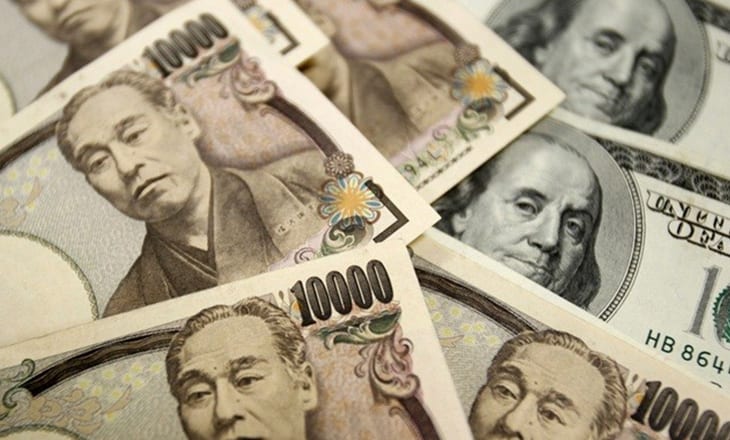Retail forex traders learn early in their training regimens that risk in the currency markets cannot be avoided, but there are various management techniques that can be employed to minimize its potential impacts. Managing a specific market risk, however, depends first on being aware that the risk even exists. A unique form of market risk has recently come to light, due to timing and liquidity concerns in the Asia Pacific sector of the currency markets. It has been dubbed “Twilight Trading Hour” risk, and its occurrence was noticed in last Thursday’s trading of the Japanese Yen versus the U.S. Dollar and the Turkish Lira.
Per one report:
There is a fragile spot in the $5.1 trillion currency market: early morning in Asia. This one- to two-hour period when U.S. traders are heading home, but market hubs in Singapore and Hong Kong aren’t yet fully up and running, has become known to traders as the twilight hour, a time when normally stable currencies can suddenly go haywire.
How “haywire”? At around 6:30 a.m. in Hong Kong, the Yen suddenly surged 3% versus the USD and 8% versus the Turkish Lira. It was also 5:30 p.m. in New York and late into the evening in London. According to CLS, a provider of settlement services for currencies: “The weakest period for trading runs from around 5 a.m. to 6 a.m. in Hong Kong.” Forex markets are open for business in Australia and New Zealand, but volumes tend to be at their lowest ebb at that time.
With daily turnover in our forex markets as enormous as it is, it’s difficult to accept the notion of “flash crashes” in our largest and one of our most important financial markets. As for the Yen “flash crash”, analysts have pointed to a Japanese holiday as the culprit. Yes, Japanese traders were not at their desks the first thing that morning, but low liquidity can cause strange perturbations in any market. The fragility of our forex market, however, does raise concerns. Price manipulation suggests fraudulent behavior, as was the case with major rate-fixing scandals by major global banks in recent years.
Forex flash crashes tend to be short lived, and for the ones that have been documented, alarm bells did not start ringing at banks or financial institutions. For example, at a similar time on October 7, 2016, the British Pound jumped 9% versus the U.S. Dollar, although the gain soon dissipated. Previously, on January 10, the South African Rand depreciated 8% against the USD, again at the same time of day.
How have professional traders adapted to this bewitching hour in the currency markets. Currency brokers in Singapore that receive large transaction orders early in the morning from clients say they deliberately break the orders down into much smaller parcels to avoid major price swings. There is also a practice among press release firms to release corporate earning information late in the afternoon New York time to lessen the impact, since equity markets will be closed. Currency markets, however, are opening in Asia, and sudden shifts in capital tend to follow these releases.
With equity investors currently on edge, the potential for sudden capital shifts could exacerbate “Twilight Trading Hour” risk in the coming months. Prepare accordingly.




